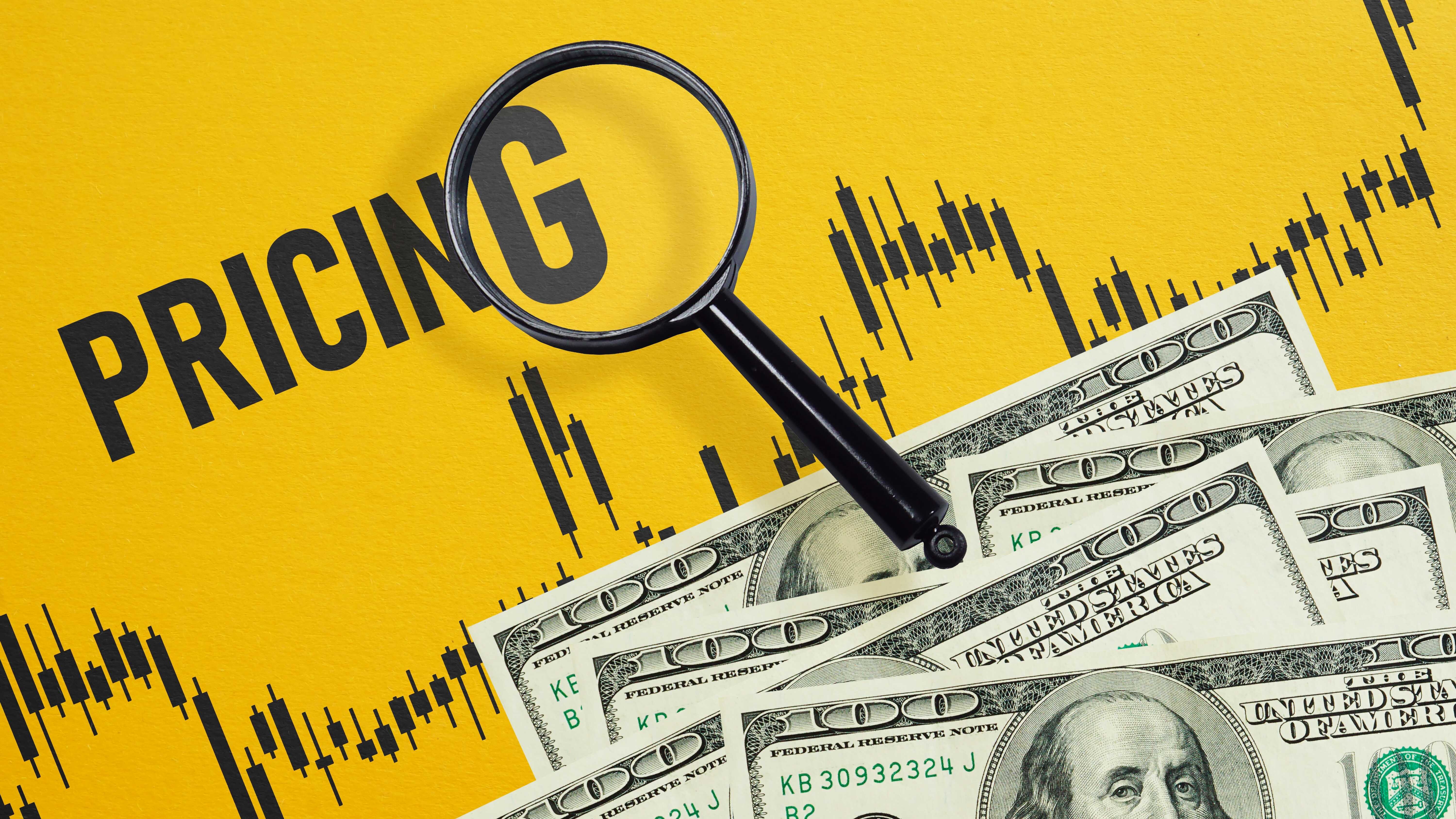Is It Time To Buy The Dip In Shopify Stock?

Volatility in the stock of e-commerce software company Shopify (NYSE: SHOP) has struck again. Investors seem to be fretting over two things: a slowdown in revenue growth predictions for the spring 2024 quarter and the company's inability to sustain net profitability per generally accepted accounting principles (GAAP).
Under the surface, though, Shopify might be a great buy-the-dip candidate. Here's why.
Playing the long game in generating profit
As a reminder, Shopify reports its business in two primary segments: subscription solutions (the base website design and management software tools) and merchant solutions (value-added services like digital payments acceptance and shipping).
Last year, Shopify sold off its low-profit-margin in-house logistics and merchandise warehousing segment (previously part of the merchant solutions segment), which is creating a bit of a drag on reported year-over-year revenue growth.
|
Shopify Revenue Segment |
Q1 2024 Revenue |
Year-Over-Year Growth |
|---|---|---|
|
Subscription solutions |
$511 million |
34% |
|
Merchant solutions |
$1.35 billion |
20% |
|
Total |
$1.86 billion |
23% (29% excluding logistics sale) |
Data source: Shopify.
Now that Shopify is focused on higher-profit software again, much investor attention has shifted to the bottom line. And in this department, Shopify continues to create angst for some shareholders. That's because net income, which had made progress in 2023, shifted to a net loss in Q1 2024.
Data by YCharts.
Again, as I discussed a number of times last year, GAAP-based net income is a very messy metric by which to measure Shopify's financial performance at this stage of its life.
For one thing, quarter-to-quarter stock returns have an outsize impact on net income and loss, because Shopify owns sizable stakes in e-commerce software partners Global-e Online (NASDAQ: GLBE), Affirm Holdings (NASDAQ: AFRM), and Klaviyo (NYSE: KVYO). At the end of March 2024, the value of these holdings was $1.89 billion, down from $2.23 billion three months prior, because all three stocks performed poorly in the first quarter.
Data by YCharts.
By contrast, GAAP income from operations (which excludes quarterly unrealized investment gains and losses as well as a bit of interest income from the $5.18 billion in cash and short-term investments Shopify had on balance) actually produced a small profit of $86 million to kick off 2024.
Is the valuation "cheap" yet?
OK, on to the free cash flow (FCF) metric, which gives a much better picture of where Shopify is right now, especially now that the logistics business is gone. Management was proud to announce FCF was $232 million, making for a 12% FCF profit margin, double the 6% of Q1 2023.
For a software company, an FCF margin of 12% is quite slim. A healthy margin will be 20% at minimum. There's still tremendous room for improvement in the years ahead as the business matures, though. This is still very much a company concerned with growth.
And growing it is. Though investors were also a bit concerned with the Q2 outlook for a rate of revenue growth that's only in the low 20s (when the effects of the offloaded logistics business are excluded), this is still a solid projection. If Shopify can dial FCF profit margins higher this year (say to 15% or so), we're looking at a business headed for $8.5 billion in revenue and FCF of $1.3 billion this year.
To be clear, that puts a premium valuation of about 77 times this year's expected FCF (my estimate) on Shopify. It isn't cheap by traditional measures. But I also still rank Shopify as a fairly young software company with the potential to grow revenue at 20% for years to come. If profit margins keep improving along the way, all the better.
Perhaps Shopify isn't the timeliest of buys right now, even after the post-Q1 earnings update dip. Other e-commerce stocks, like Amazon (NASDAQ: AMZN), are delivering profitability gains. That said, given its steady progress, I'm more than happy to continue holding on to my stake in Shopify.
Should you invest $1,000 in Shopify right now?
Before you buy stock in Shopify, consider this:
The Motley Fool Stock Advisor analyst team just identified what they believe are the 10 best stocks for investors to buy now… and Shopify wasn’t one of them. The 10 stocks that made the cut could produce monster returns in the coming years.
Consider when Nvidia made this list on April 15, 2005... if you invested $1,000 at the time of our recommendation, you’d have $566,624!*
Stock Advisor provides investors with an easy-to-follow blueprint for success, including guidance on building a portfolio, regular updates from analysts, and two new stock picks each month. The Stock Advisor service has more than quadrupled the return of S&P 500 since 2002*.
*Stock Advisor returns as of May 13, 2024
John Mackey, former CEO of Whole Foods Market, an Amazon subsidiary, is a member of The Motley Fool's board of directors. Nicholas Rossolillo and his clients have positions in Amazon and Shopify. The Motley Fool has positions in and recommends Amazon, Global-E Online, and Shopify. The Motley Fool has a disclosure policy.
Popular Products
-
 Camping Survival Tool Set
Camping Survival Tool Set$106.99$73.78 -
 Put Me Down Funny Toilet Seat Sticker
Put Me Down Funny Toilet Seat Sticker$35.67$16.78 -
 Stainless Steel Tongue Scrapers
Stainless Steel Tongue Scrapers$24.99$16.78 -
 Stylish Blue Light Blocking Glasses
Stylish Blue Light Blocking Glasses$61.99$42.78 -
 Adjustable Ankle Tension Rope
Adjustable Ankle Tension Rope$38.99$26.78
